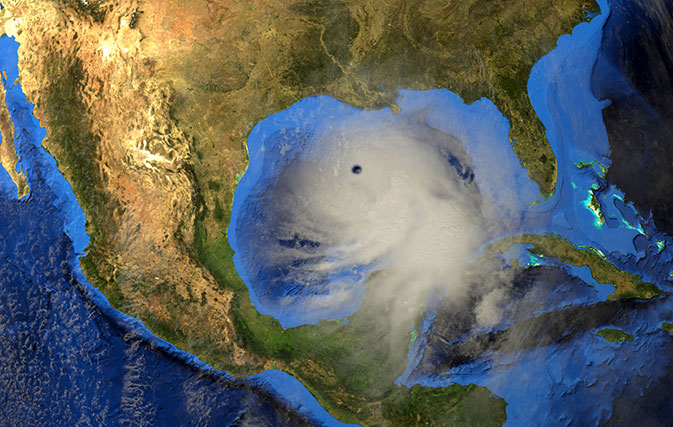LAKE CHARLES, LA — The remnants of Hurricane Laura unleashed heavy rain and twisters hundreds of miles inland from the Gulf Coast, and now forecasters are warning of new dangers as the tropical weather blows toward the Eastern Seaboard this weekend.
Flooding and more tornadoes were possible Friday as the leftovers of the Category 4 hurricane, now a tropical depression, move eastward.
Forecasters said it could become a tropical storm again when it moves off the mid-Atlantic coast.
More than 750,000 homes and businesses were without power in Louisiana, Texas and Arkansas in the storm’s wake.
One of the strongest hurricanes ever to strike the United States, Laura was blamed for six deaths as it barrelled ashore near the Louisiana-Texas state line.
“It is clear that we did not sustain and suffer the absolute, catastrophic damage that we thought was likely,” Louisiana Gov. John Bel Edwards said. “But we have sustained a tremendous amount of damage.’’
Finishing search and rescue efforts was a top priority, Edwards said, followed by efforts to find hotel or motel rooms for those unable to stay in their homes. Officials in Texas and Louisiana both sought to avoid traditional mass shelters to avoid spreading COVID-19.
Edwards called Laura the most powerful hurricane to strike Louisiana, meaning it surpassed even Katrina, which was a Category 3 storm when it hit in 2005.
The hurricane’s top wind speed of 241 kph put it among the strongest systems on record in the U.S. Not until 11 hours after landfall did Laura finally lose hurricane status as it plowed north and thrashed Arkansas. It remained a tropical storm Thursday night, sustaining winds of 65 kph, flooding roads and spawning tornadoes.
The storm crashed ashore in low-lying Louisiana and clobbered Lake Charles, an industrial and casino city of 80,000 people. On Broad Street, many buildings partially collapsed. Windows were blown out, awnings ripped away and trees split in eerily misshapen ways. A floating casino came unmoored and hit a bridge, and small planes were thrown atop each other at the airport.
The extent of the damage was just coming into focus when a massive plume of smoke began rising from a chemical plant outside Lake Charles. Police said the leak was at a facility run by Biolab, which manufactures chemicals used in household cleaners and chlorine powder for pools. Nearby residents were told to close their doors and windows, and the fire smouldered into the night.
A lower-than-expected storm surge also helped save lives. Edwards said ocean water rose as much as 12 feet (4 metres) rather than the 20 feet (6 metres) that was predicted.
More than 580,000 coastal residents evacuated despite fears of coronavirus infections. It’s unclear when their journeys might end. There’s no electricity or running water in many places, and the coastal towns of Cameron and Holly Beach were swamped. Restoring essential services could take weeks.
Laura was the seventh named storm to strike the U.S. this year, setting a new record for U.S. landfalls by the end of August. Laura hit the U.S. after killing nearly two dozen people in Haiti and the D.R.
